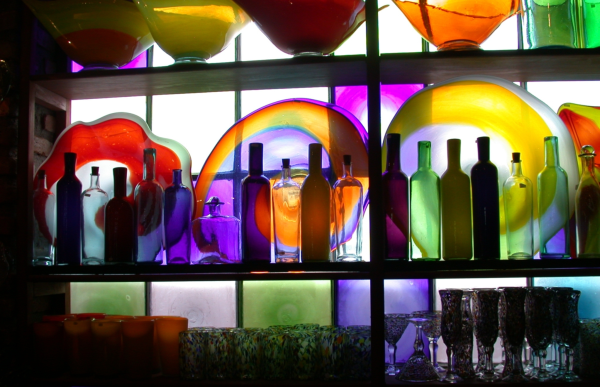
Workflow I: Turn a photo into a painting
Wokflow II: Create a composite image
To quickly get started with cloning, choose any of the brush variants available in the Cloners brush category. If you prefer to create your own custom variant, see Cloning brushes and controls for detailed information on cloning controls.
Using a cloner brush may take a long time if you’re working on a large area. To work more quickly, you can have Corel Painter automatically apply brushstrokes for you. For detailed information on auto-painting, see Auto-painting photos.
You can also use the Auto Clone effect. For more information, see Automatically cloning an image.
You can also have Corel Painter place directional brushstrokes to produce a Van Gogh–like rendition of a cloned image. For more information, see Applying the Auto Van Gogh effect.
Additional clone painting techniques
The following table describes different techniques for painting a clone.